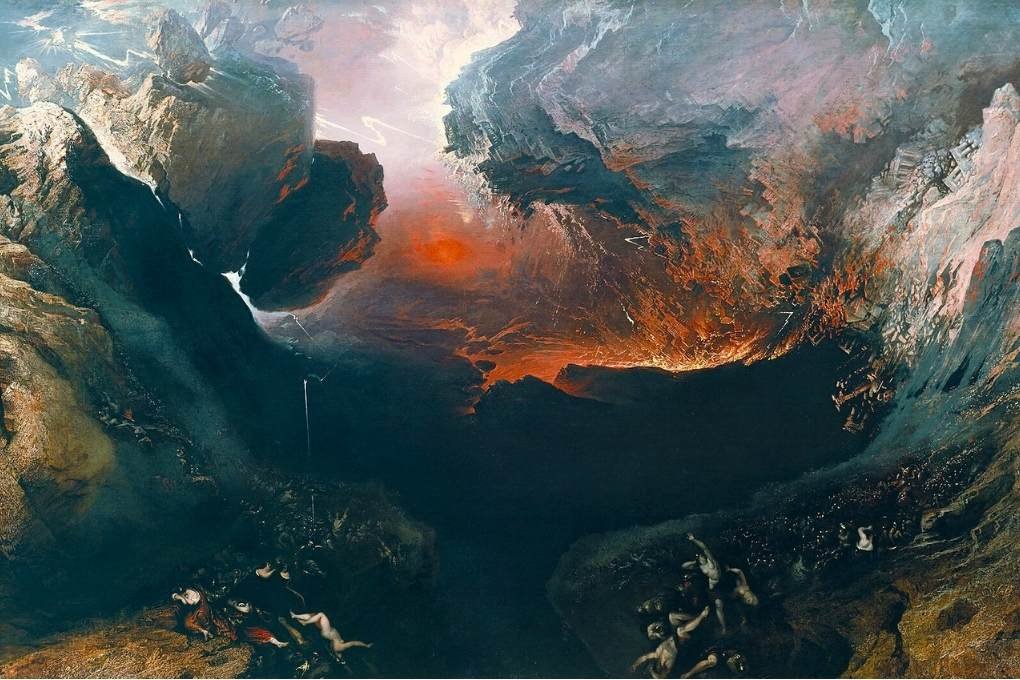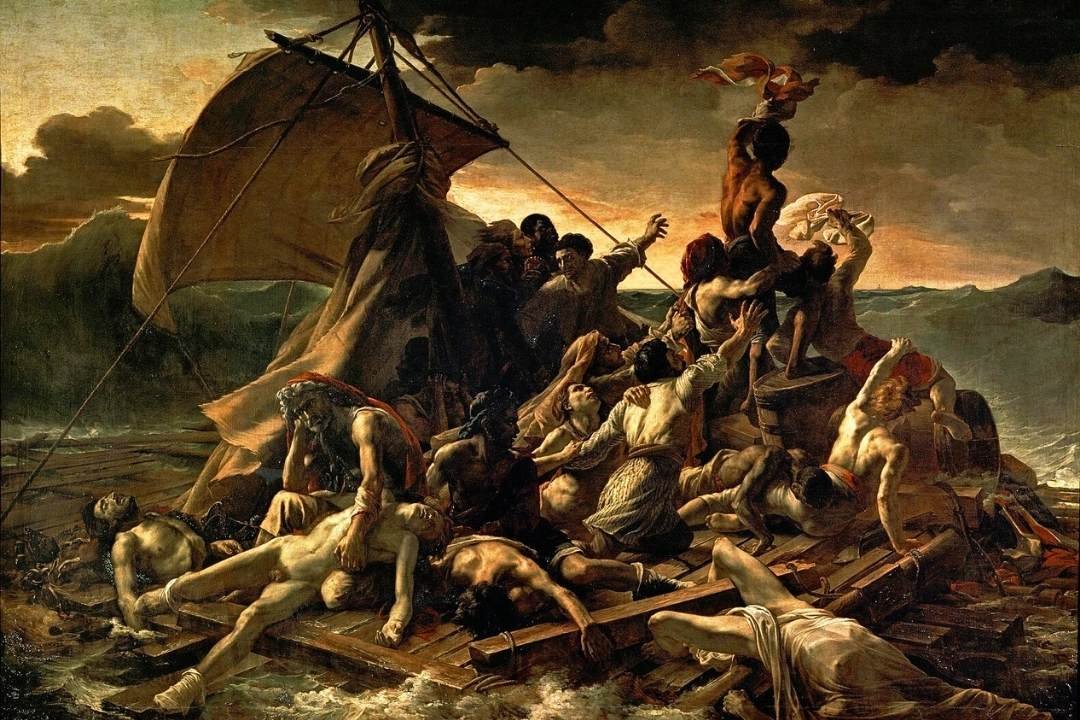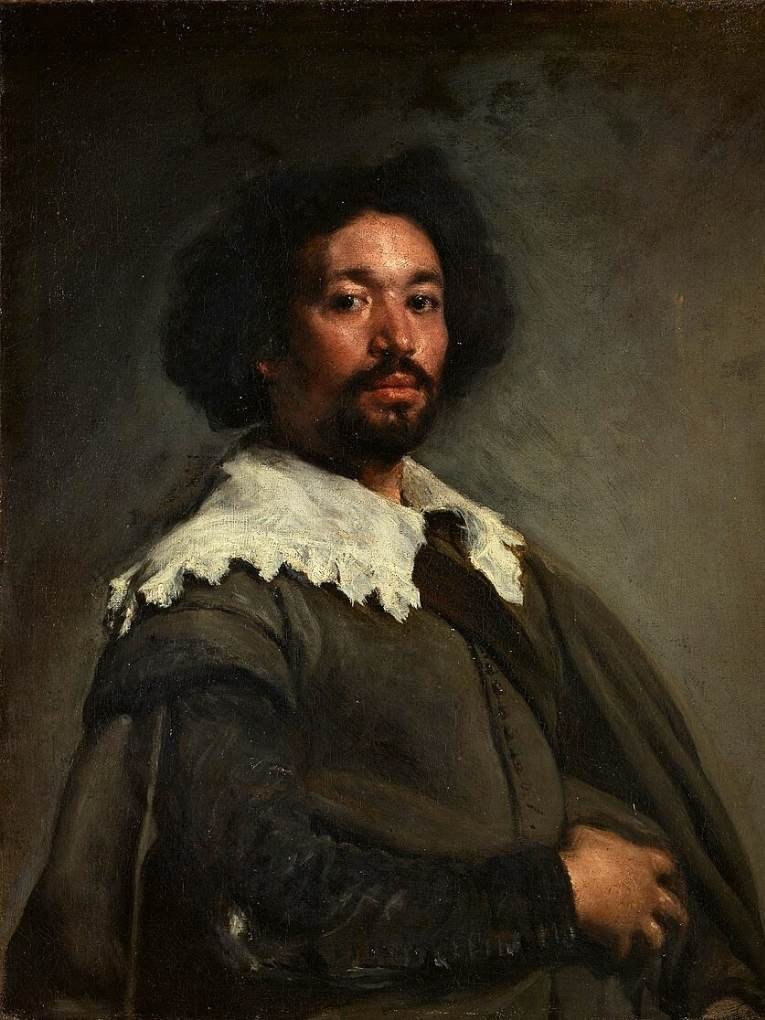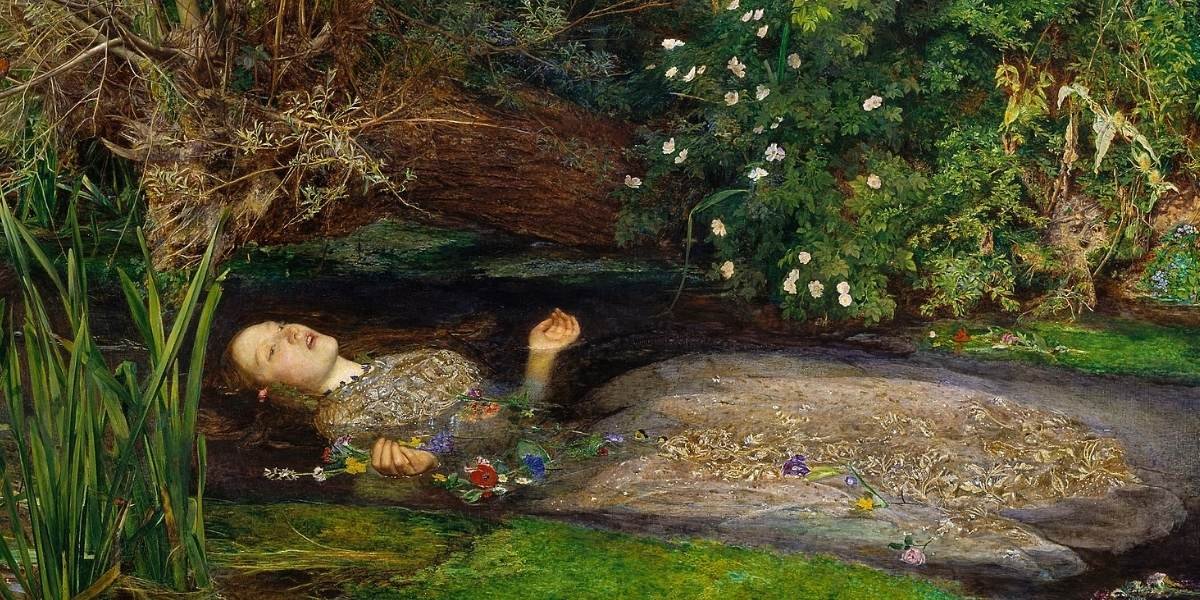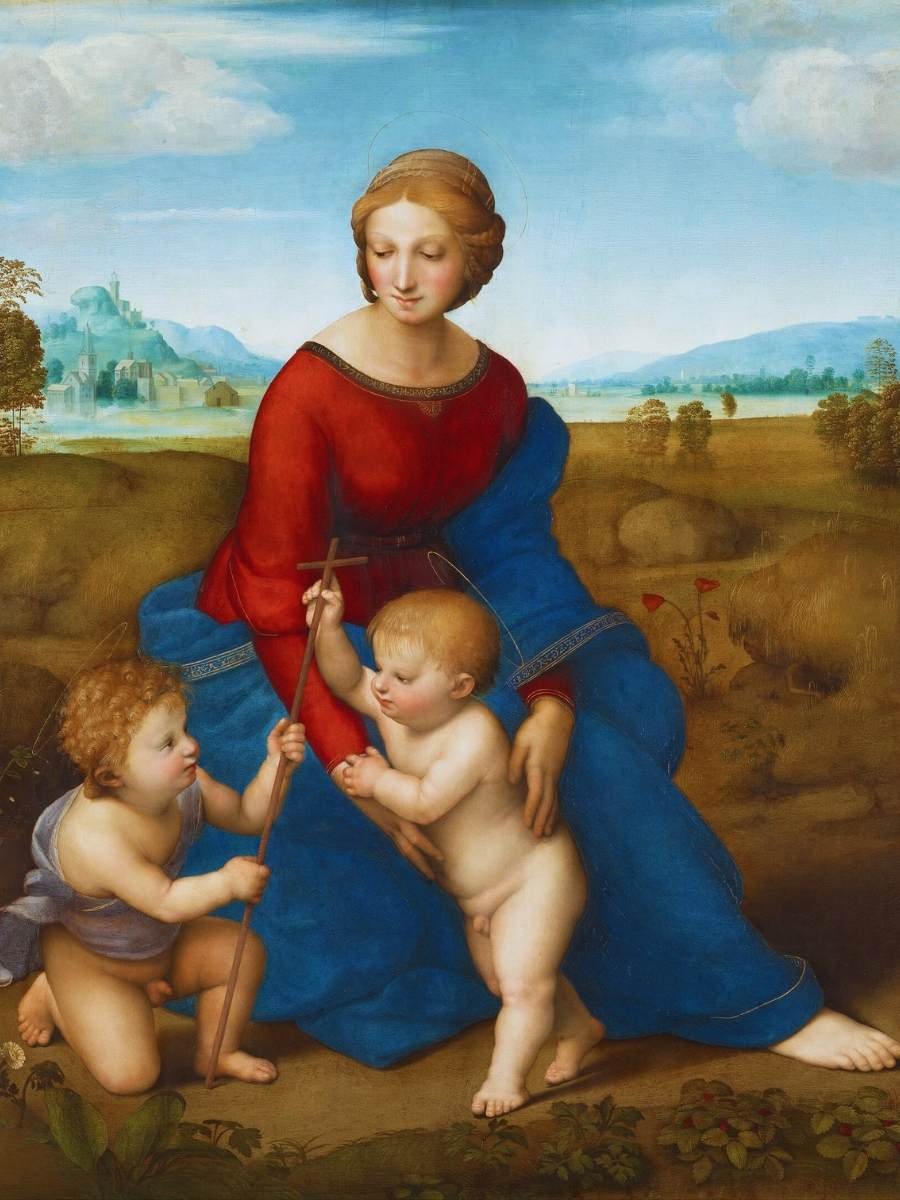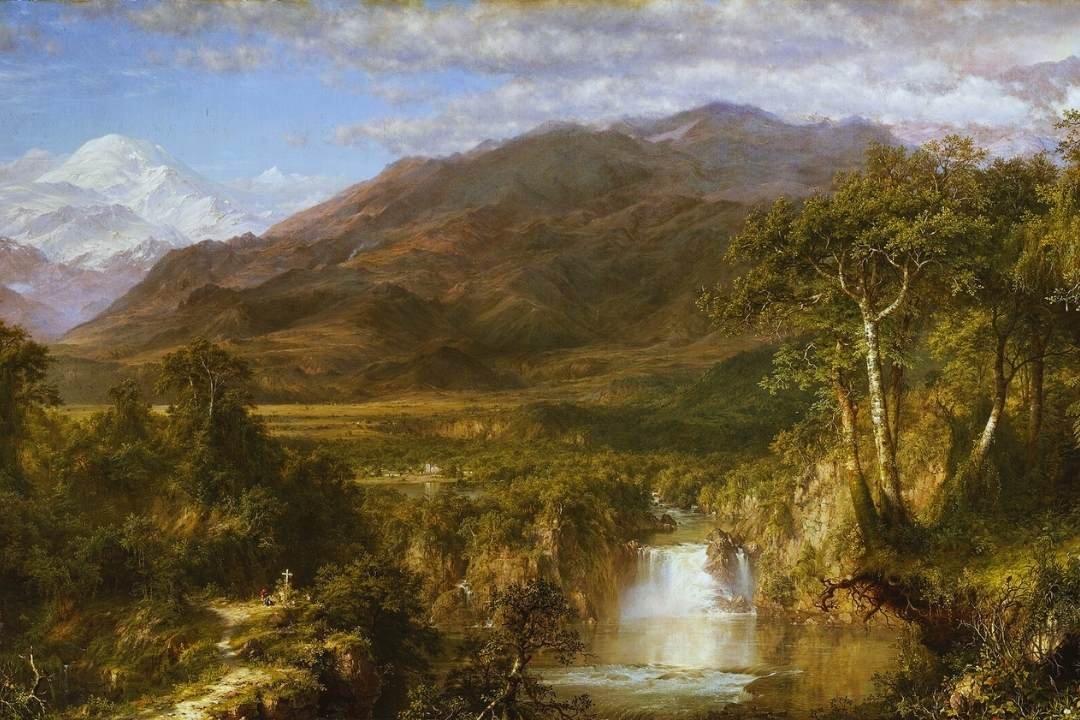Eugène Delacroix: Liberty Leading the People, 28 July 1830 – 1830
Paris, Musée du Louvre On 28 October, 1830, Delacroix wrote to his brother: ‘I have undertaken a modern subject, a barricade, and although I may not have fought for my country, at least I shall have painted for her. It has restored my good spirits’. The painting he had started was this one and it … Read more



